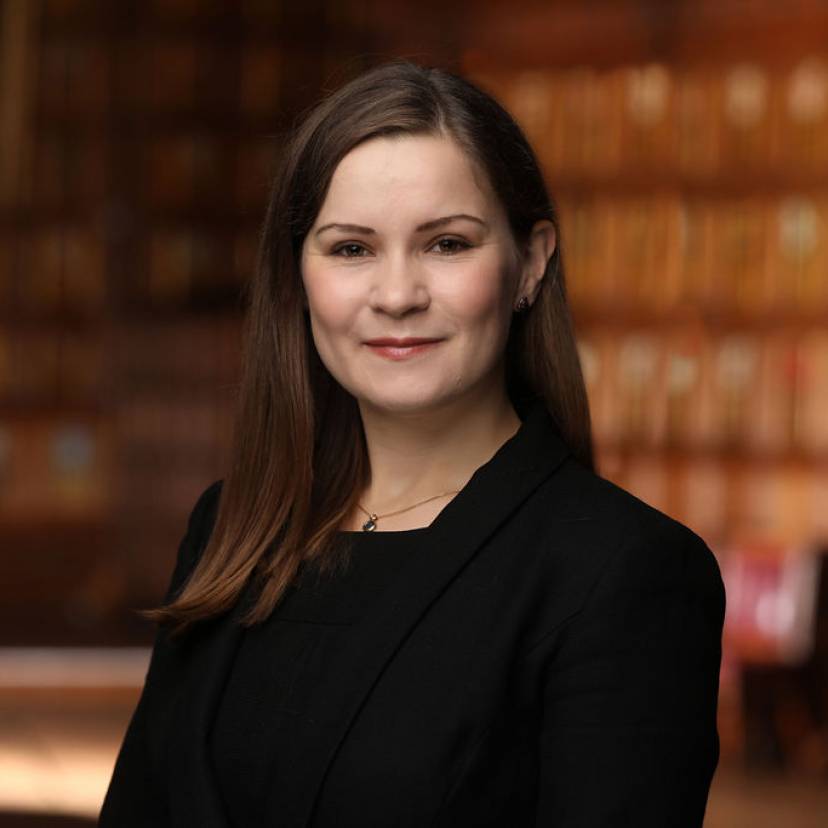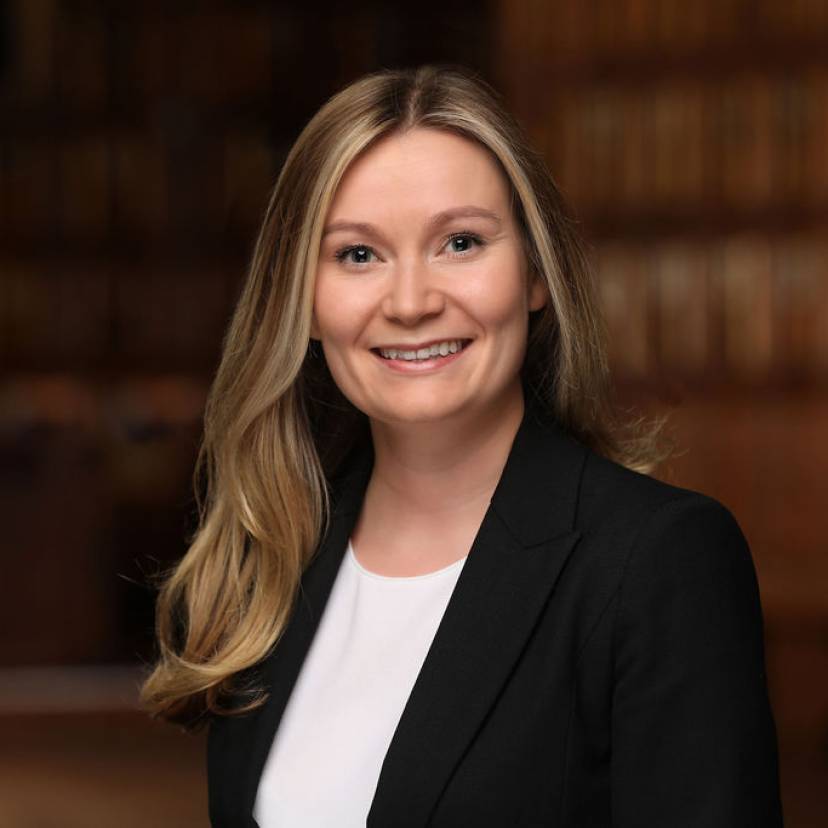Modern Slavery - NRM evidence in drug trafficking cases.
01 April 2021
County lines and the NRM framework
‘County Lines’ is a structure particular to gangs and organised criminal networks whereby illegal drugs are moved within the UK, commonly being exported from urban centres into one or more importing areas, using dedicated mobile phone lines. The UK Government explains that county lines “often use coercion, intimidation, violence (including sexual violence) and weapons” in order to exploit children and vulnerable adults, who are used to move and store drugs and money. Issues of modern slavery frequently arise in cases of county lines drug trafficking, and it is essential that potential victims are identified early so that they can be supported and treated fairly rather than unnecessarily criminalised.
The National Referral Mechanism (NRM) framework was introduced in 2009 for the purpose of locating and identifying potential victims. In 2015, the Modern Slavery Act 2015 created a duty on certain professionals, including the Police and the National Crime Agency, to notify the Secretary of State of any suspected victim of slavery or human trafficking. This triggers a two-stage process. The first stage is a high-level review of the referral which should be completed within 5 working days of the referral. If the Single Competent Authority (SCA), part of the Home Office, ‘suspects but cannot prove’ that the individual is a potential victim of modern slavery, the referral is given ‘positive reasonable grounds.’ Following this, the SCA makes a ‘conclusive grounds’ decision no sooner than 45 days after the reasonable grounds decision. The conclusive grounds decision is whether, on the balance of probabilities, there are sufficient grounds to decide that the individual is a victim of modern slavery.
Analysis shows that county lines is a breed of exploitation that predominantly affects children. The National Crime Agency in 2019 assessed that children aged 15 to 17 years are the most commonly identified victims of county lines exploitation. The Children’s Society noted in 2020 an 807% increase in children referred for support by councils in relation to modern slavery and in the third quarter of 2020, 401 NRM referrals were flagged as County Lines, accounting for 16% of all referrals, with 82% of the referrals being for male children.
In cases involving offences committed as a result of compulsion attributed to slavery or relevant exploitation, including county lines drug trafficking, a positive conclusive grounds decision might cause a case to be discontinued or provide a defence at trial. The NRM therefore provides exceptionally important safeguards against the prosecution of vulnerable and exploited persons. However, for it to be a useful tool at the disposal of defence practitioners, NRM decisions must both be capable of having an impact on the case, and must be timely. If not, the mechanism achieves no more than paying lip-service to the need to identify and safeguard exploited children.
Impact on the case
Positive conclusive grounds can have an impact on a prosecution from the earliest stages of investigation, as well as at trial. Early identification of victims of trafficking and exploitation could lead to a case being dropped before charge, or discontinued on evidential or public interest grounds.
Where positive conclusive grounds exist, the CPS applies a four-stage test in which the following questions are considered:
- Is there reason to believe that the person is a victim of trafficking or slavery?
- Is there clear evidence of a credible common law offence of duress?
- Is there clear evidence of a statutory defence under section 45 of the Modern Slavery Act 2015?
- Is it in the public interest to prosecute? This must be considered even where there is no clear evidence of duress and no clear evidence of a s.45 defence or where s.45 does not apply. Prosecutors should consider all the circumstances of the case, including the seriousness of the offence and any direct or indirect compulsion arising from their trafficking situation.
Defence representatives can encourage the review process by making written representations to the CPS commenting on this four-stage test and the facts of the particular case. Positive conclusive grounds constitute reason to believe that the person is a victim of trafficking or slavery, and may lend support to the statutory defence under s.45, but are no guarantee that the CPS will take the decision to discontinue the case. Prosecuting a case in spite of a positive finding by the SCA is not an abuse of process (R v DS [2020] EWCA Crim 285). Should the representations be unsuccessful, and the case proceed to trial, consideration of the s.45 defence will fall to the jury. It is for the prosecution to disprove the statutory defence.
There has been much debate as to how NRM decisions should be handled in court, and whether they are admissible in evidence or not. This has largely related to concerns over the quality of the supporting evidence, which often comes only from the defendant themselves if supporting evidence, for example from social services, is not available, creating the risk of self-serving hearsay evidence being presented. There have been historic concerns, also, as to whether the NRM decision is, or should be, the remit of experts rather than civil servants who may not be experts in human trafficking, and may not have drafted their minute with a view to later giving evidence about it. All these factors have made it challenging for NRM decisions to be admitted in evidence, at least not without calling live evidence from the author.
This has now changed. The case of DPP v M [2020] EWHC 3422 (Admin) held that a conclusive grounds decision made by the SCA appointed under the NRM is admissible as evidence in criminal proceedings in determining whether a defendant was a victim of criminal exploitation. The SCA decision and supporting minute will be introduced as an agreed fact, and once admitted, it will be a matter for the jury to determine the weight that should be granted to the finding having examined the supporting evidence. Care needs to be taken in drafting the agreed fact, in particular whether the facts behind the decision are being admitted, or just the decision itself. If the supporting evidence is limited in scope or quality, defence practitioners could also consider calling evidence, for example from the defendant’s social worker or an appropriately qualified expert in trafficking.
A further advantage gained from this recent development is that the defendant may no longer need to give evidence about their exploitation. Young, vulnerable defendants who have been subject to exploitation may be too scared or intimidated to give evidence of their exploitation at trial. Where a positive grounds decision is admitted in evidence, the defendant does not necessarily need to give evidence to discharge the evidential burden under s.45.
In the wake of DPP v M, NRM decisions now have a straightforward route by which they are admitted in evidence, and can make the trial process less traumatic for vulnerable individuals. The ruling in DPP v M paves the way for the jury to consider the full circumstances of the case.
Timeliness
Dame Sara Thornton, the Independent Anti-Slavery Commissioner, in her report for 2019-2020 found that, on average, potential victims were waiting 452 days before conclusive grounds decisions were made. Dame Thornton describes meeting some individuals who have been waiting in excess of two years for their conclusive grounds decision, noting that ‘the timeliness of NRM decisions remains a significant concern, particularly in England and Wales’. These pre-existing delays have been compounded by the effects of Covid-19.
Given what we know about the average time for receiving a conclusive grounds determination, where does that leave children charged with County Lines?
Despite the duty on public authorities to refer potential victims to the NRM framework this, in our experience, may not be done until the individual is already charged and before the court. The guidance given by Court of Appeal in R v D [2018] EWCA Crim 2995 was that proceedings should be adjourned for further investigation into the defendant’s possible status as a victim or slavery or trafficking before any pleas are taken. The Court of Appeal noted that where this is the case, the court should adjourn for an NRM referral to be made, which ‘should take 45 days but in practice may be considerably longer.’
Those familiar with the youth court will be all too familiar with the regular and hard-fought adjournment applications in cases involving NRM referrals. The COVID-19 pandemic will, we suggest, make the CPS and courts less inclined to delay cases to allow the NRM referral to be concluded, as cases pile up and the backlog becomes unmanageable. This is against a backdrop of a pandemic which Dame Thornton suggests has ‘exacerbated the vulnerability of victims and survivors, created new vulnerability and disrupted organisations who support victims and those which bring offenders to justice.’
Delay results in a revolving door-of-court appearances for children, as their case drags on for want of a resolution to their NRM referral and their wellbeing and often mental health deteriorates. The 12,019 cases outstanding at the end of 2019 will undoubtedly include vast numbers of children left in limbo with a criminal prosecution hanging over them. Protecting and supporting victims of modern slavery and trafficking must remain a priority for the Government, despite the other difficulties faced post-pandemic. Justice delayed is justice denied, for victims of trafficking as much as victims of any other type of crime.
Dame Thornton refers to concerns held by many that governments will prioritise building economic activity above concerns for human rights, concerns that she hopes are ‘ill-founded’. We share that hope.


